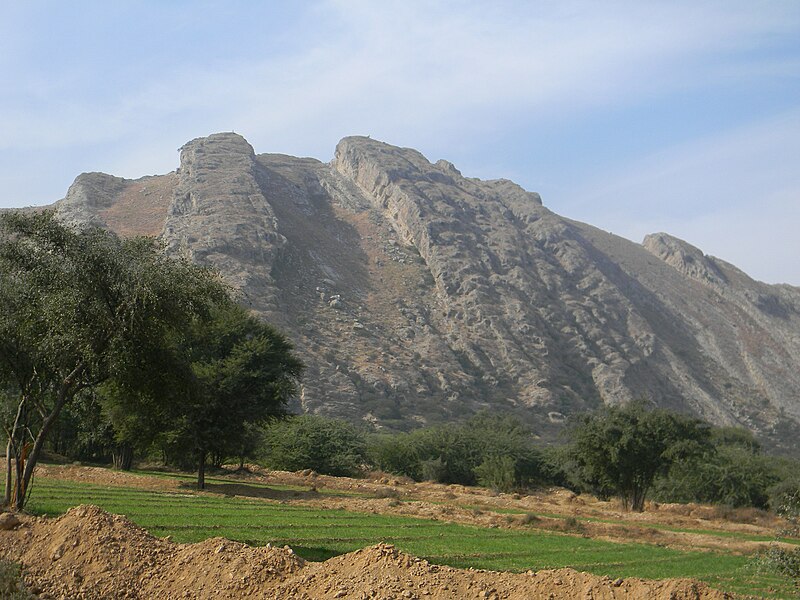Udaypur tri-lingual stepwell inscription dated 1645 CE

Udaypur (Madhya Pradesh). Stepwell inscription in Arabic, Persian and Sanskrit.
On a stone slab affixed into the right side wall of a stepwell known as Qanungo Baoli, located on the eastern outskirts of Udaypur, Vidisha District, Madhya Pradesh. A tri-lingual inscription of 13 lines carved in relief with the first three lines written in Arabic and Persian in nastaʿlīq script, and the next ten lines written in Sanskrit in nāgarī script. It records the construction of the stepwell by Gokuladāsa and Dāmodaradāsa, sons of Qānungo Haridāsa of Māthura kāyastha family, during the reign of Mughal emperor Shāhjahān (r. 1628-58). The date is given in three different eras—vikrama saṃvat 1701, śaka 1566 and hijri 1054—equivalent to Friday, 13 January, 1645 CE.
Singhpur stepwell with an inscription of VS 1535/1479 CE

Singhpur (Ashoknagar अशोकनगर). Rājmatī stepwell (Wikimapia).

Singhpur stepwell inscription of VS 1535 (© Saarthak Singh).
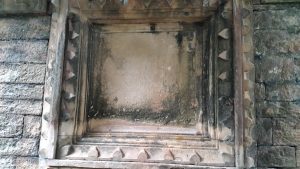
Singhpur stepwell, damaged companion inscription (© Saarthak Singh).
Singhpur (Ashoknagar). Stepwell with inscriptions in mixed Sanskrit recording the construction of the stepwell by Rājamatī in VS 1535.
Singhpur stepwell inscription of VS 1535/1479 CE
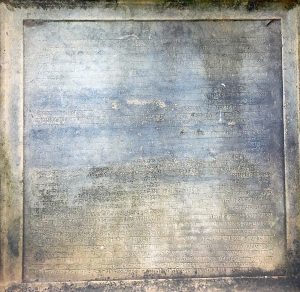
Singhpur (Ashoknagar). Stepwell inscription dated VS 1535 (© Saarthak Singh)
Singhpur (Ashoknagar). Inscription in the Rājmatī stepwell recording the construction of the stepwell by Rājamatī, the daughter of Bhairavadāsa who was the son of Uvāra, the son of Chajjala of Sirohanagara. Gives the details of the gifts and donations made to Rājamatī by several rulers, namely Sher Khān of Chanderi, Ghiyās al-Dīn of Māḍai (i.e. Ghiyāth al-Dīn of Māndū, reg. 1469-1500), Husayn Shāh (reg. 1458-79) of Jauṇapura (i.e. Jaunpur), Barbak Shāh (reg. 1459–74) of Pandua, Sultān (name not given) of Ḍhili (i.e. Delhi), Tughluq Shāh of Thatta [presumably a reference to Jam Tughluq (d. 1442) of the Samma dynasty], Qutb al-Din of Gujarāt [presumably Qutb al-Dīn being applied anachronistically to Maḥmūd Begada, reg. 1458-1511], the Bahmani Sultān (name not given) of Vidara (i.e. Bidar). Also mentions Rājamatī’s son named Rāmacandra who was a mahākavi and a favourite (?) of Ghiyās al-Dīn and Nāsir al-Dīn. The pradhāna was Devidāsa and the masons were Vu(Bu)rahāmatasuṣu(khu), Mūla and others. The writer was Guṇasudara.
Tepe Skandar Umāmaheśvara image with inscription
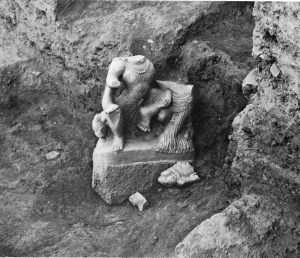
Tepe Skandar (Afghanistan). Umāmaheśvara as found in excavation.
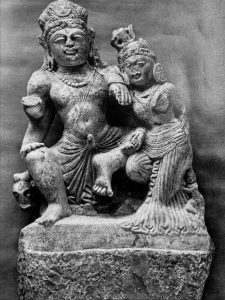
Tepe Skandar (Afghanistan). Umāmaheśvara.
Madanpur atlantid bracket inscription
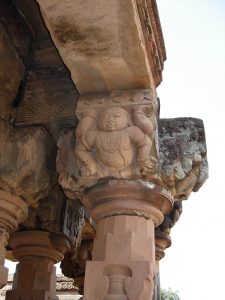
Mandapur (Lalitpur, UP). Inscribed atlantid figure.
Madanpur temple pillar inscription dated 1395
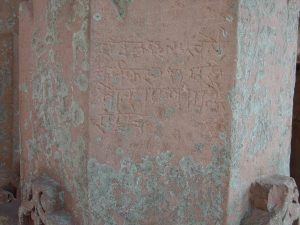
Madanpur (Lalitpur, UP). Temple pillar inscription of VS 1395.
Ricchawar pilaster inscription dated year 1254
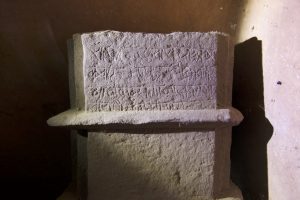
Ricchawar (District Hoshangabad, Madhya Pradesh). Pilaster inscription.
Votive inscription on a standing figure of Ambikā
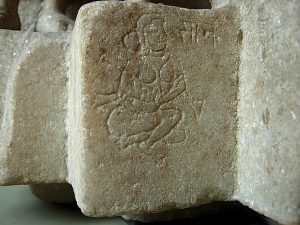
Votive inscription on a standing figure of Ambikā
OB03021 Abhayagiri Copper Plate
OB00092 Khurā Stone of Toramāṇa
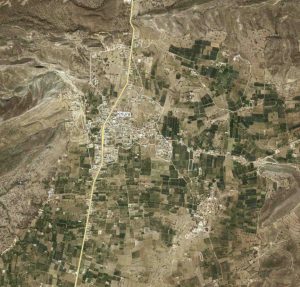
Khurā (کھوڑہ, Khushab District ضلع خوشاب, near Khatwai), Salt Range, Pakistan (Wikimapia)
Khurā (کھوڑہ, Khushab District ضلع خوشاب, near Khatwai), Salt Range, Pakistan
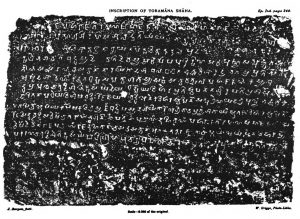
Khurā stone inscription.
